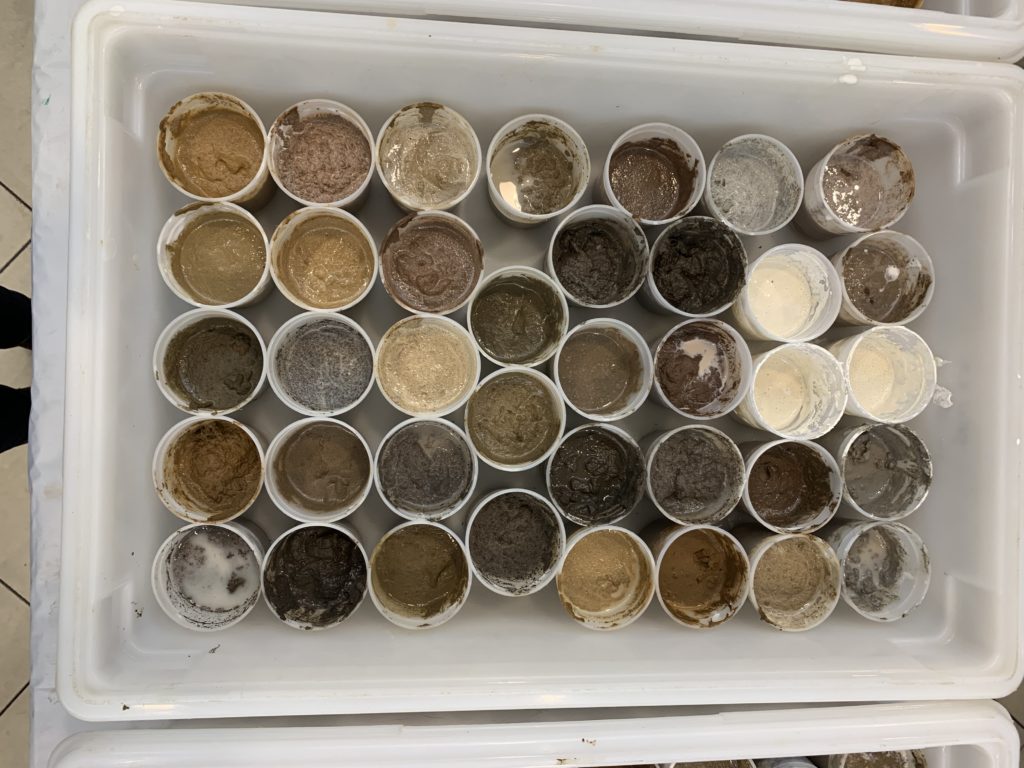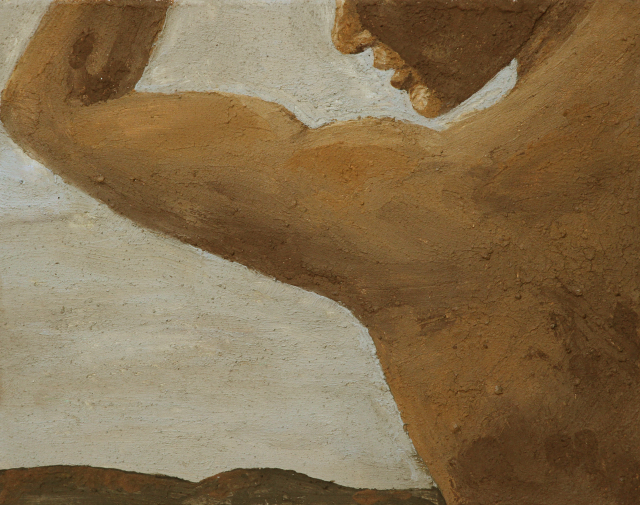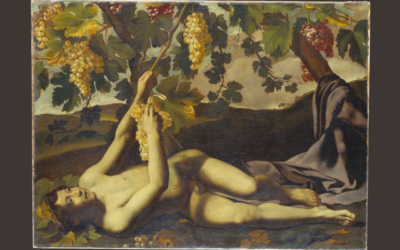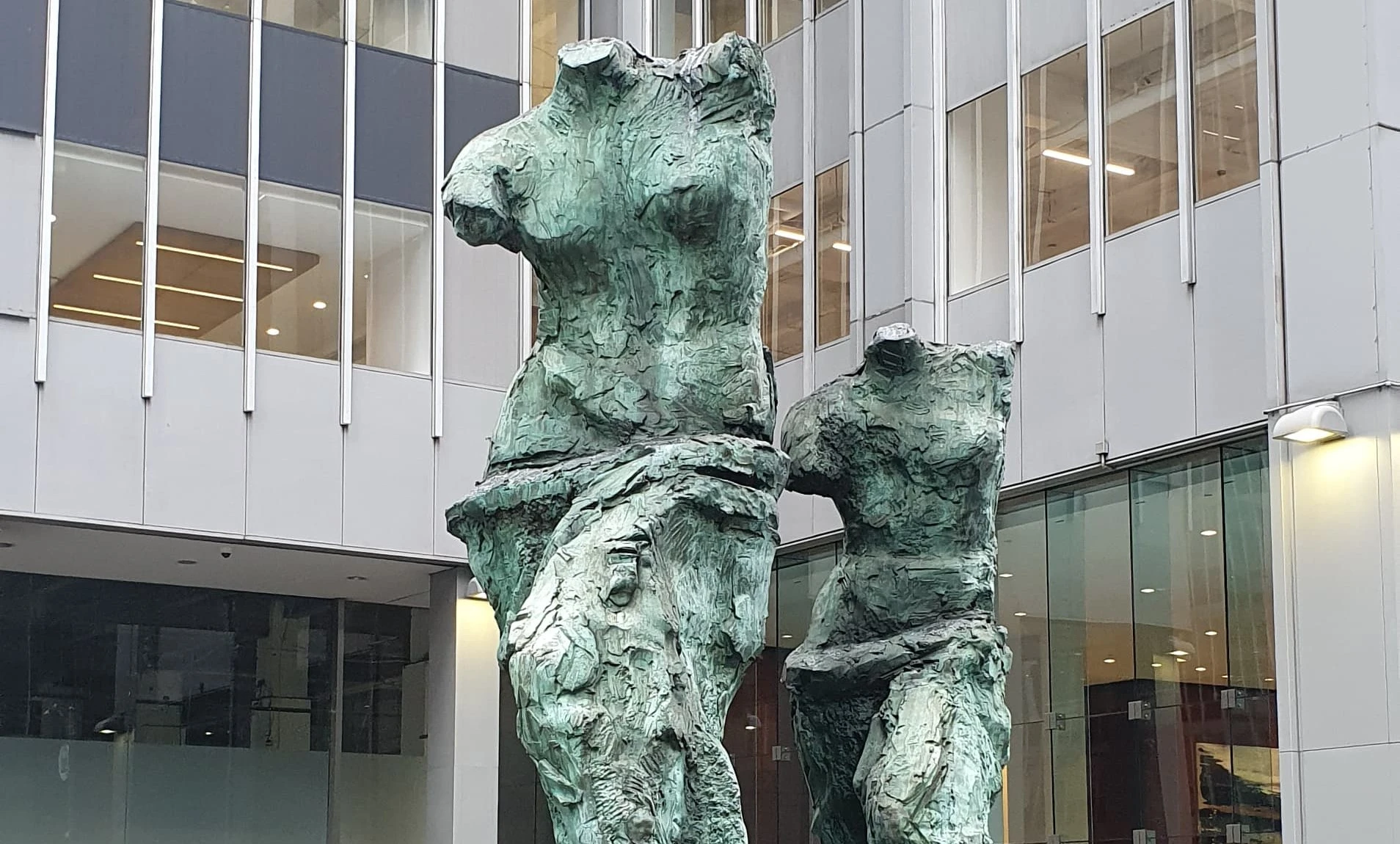Did you know you can use soil to paint? Soil painting is actually a thing, and there are several artists out there using soil to create amazing artworks every day. One leading soil artist is not only an artist but also a researcher and the Manager of the Soil Health Laboratory at Cornell University in New York. So, if somebody knows about soil, it is Kirsten Kurtz.
Raised on a farm, Kirsten was all about nature, here is where she realised that working with soil was something that would follow her through her life. Kirsten is also a passionate artist, who brilliantly found a way to marry her 2 main interests. As many success stories are related to wine, so is her’s. Working with different vineyards and wineries sparked her interest in soil research which eventually led her to where she is now. We’ve talked to Kirsten to find out more about soil painting and what makes this art form so fascinating.
Finding soil that works well on canvas is not an easy task. Soil types are diverse and unique, differing on field and regional scales biologically, physically and chemically. Soils also have different textures, Kirsten has developed methods to paint with different textured soils adjusting her technique for sands or for clayey soils. Another unique challenge is finding different colours of soil, which is not easy. Kirsten mentions that she is lucky that her lab lets her use waste soil from all around the world for her paintings. In return, Kirsten created the logo for the soil health lab and co-designed the laboratory website.
Painting with soil has some major advantages compared to normal painting with oil or acrylic paint:
- It is completely natural and sustainable. There is no plastic or dangerous chemicals involved.
- The painting gets a nice texture due to the cracking of the colour and the many different layers of paint.
- You learn a new style of painting and increase your painting skills.

What does it take to paint with soil?
A certain level of painting skill is required due to the inherent texture of the soil, which she typically air-dries and sieves to 2mm. Kirsten’s paintings have 4-5 layers of soil paint which need to dry completely before applying the next layer. One should not work against time, Kirsten’s masterpieces take up to 40h of work on average, patience is key.
The message is important
Coming from the countryside of New York, Kirsten knows that it is important to show respect towards nature and the environment. Her appreciation is clearly visible in her attitude and in her paintings. With her art, she communicates the importance of soil, its complex ecosystem, and the preservation of it. In comparison to other artists, she can express this message with her thoughtfully chosen motives and her special painting technique of using soil instead of oil or acrylic paint.
How does soil painting work?
Luckily, Kirsten shares her Standard Operating Procedure for Soil Painting which is a full guide to soil painting in her website: https://soilpainting.com/soil-painting-how-to-guide/
If you don’t know where to find proper soil, you can easily go to different spots e.g. the garden or the forest. Often you find a great variety of soil next to a road. This lets you take a look at the different layers due to the construction work from the past. Alternatively, you can reach out to different soil research labs and ask if they have some leftovers which they are usually happy to give away for free.

Tips and tricks
- Soils with high levels of organic matter (>10%) do not lend themselves to soil painting due to the tendency to crack and chip off of the canvas.
- Preparing the canvas with light-colored soil paint allows for fewer layers of paint for a full coverage. There are however difficulties drawing with pencil over the rough surface of soil paint on the canvas
- Paintings should be framed with UV reflecting glass or kept out of sunlight as this may cause the colors to change
- It is generally best to paint several layers, letting the layers dry before adding more soil paint in order to get good coverage
What’s next?
Kirsten is about to graduate with her MS in Soil Science in the Department of Natural Resources at Cornell University and plans to extend her soil communication efforts in the near future. She will definitely continue her work and passion for soil research and art. However, having worked the summers on different vineyards in the past she revealed she could also imagine stepping in the field of wine as winemakers face different challenges – especially since climate change has a major impact on the terroir, the quality, and the diversification of soil.
One thing is certain though, Kirsten is determined to pick one battle to fight, in her case communicating the importance of soil as an essential natural resource. Where this fight will take place is not yet official, but it will most likely be in a collaborative environment.
Find out more on www.soilpainting.com or by watching this beautiful video of Kirsten working on some of her paintings:
Follow her on Instagram @kirsten_kurtz to get further insights








